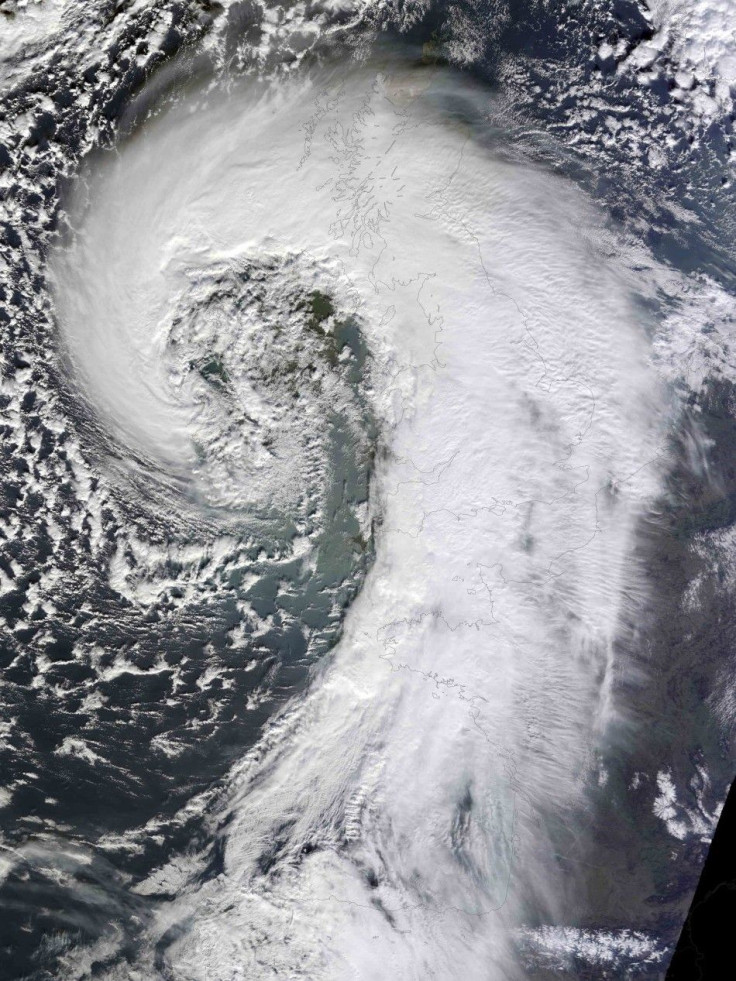New Zealand Advised to Brace for Strengthening Tropical Cyclone Lusi

Weather forecasters have urged on residents of New Zealand to brace for strengthening tropical Cyclone Lusi which is expected to hit the country in the coming weekend. North Island has been forecast to bear the brunt of the storm.
Cyclone Lusi is currently lashing strong winds and rain to northern Vanuatu. At least one person has reportedly died from the area.
Authorities from the Vanuatu Disaster Management Office said Cyclone Lusi's strong winds downed coconut trees as well as damaged banana and cassava crops at Ambae in Penama Province.
According to AccuWeather, tropical Cyclone Lusi has already dumped 50-100 mm (2-4 inches) of rainfall across parts of Vanuatu and Fiji. About 50-100 mm (2-4 inches) more are expected as the storm departs later this week. It advised residents to brace for a potential flash flooding through Wednesday.
Cyclone Lusi will then pack on strength as it treks towards New Zealand, possibly becoming a Category 2 hurricane in the Atlantic or eastern Pacific.
Although it can weaken as it approaches New Zealand, "but it will be a dangerous storm regardless," Eric Leister, meteorologist at AccuWeather, said.
North Island is forecast to receive 125 mm (5 inches) or more of rainfall. Flooding is to be expected. "The rugged terrain of New Zealand will make flash flooding and mudslides a major concern this weekend."
If this cyclone strengthens, waves as high as over 27 feet (8 meters) could be felt in the northern coastline.
North Island could feel wind gusts of over 75 mph (120 kph), especially near the coast and over the highest terrain.




















